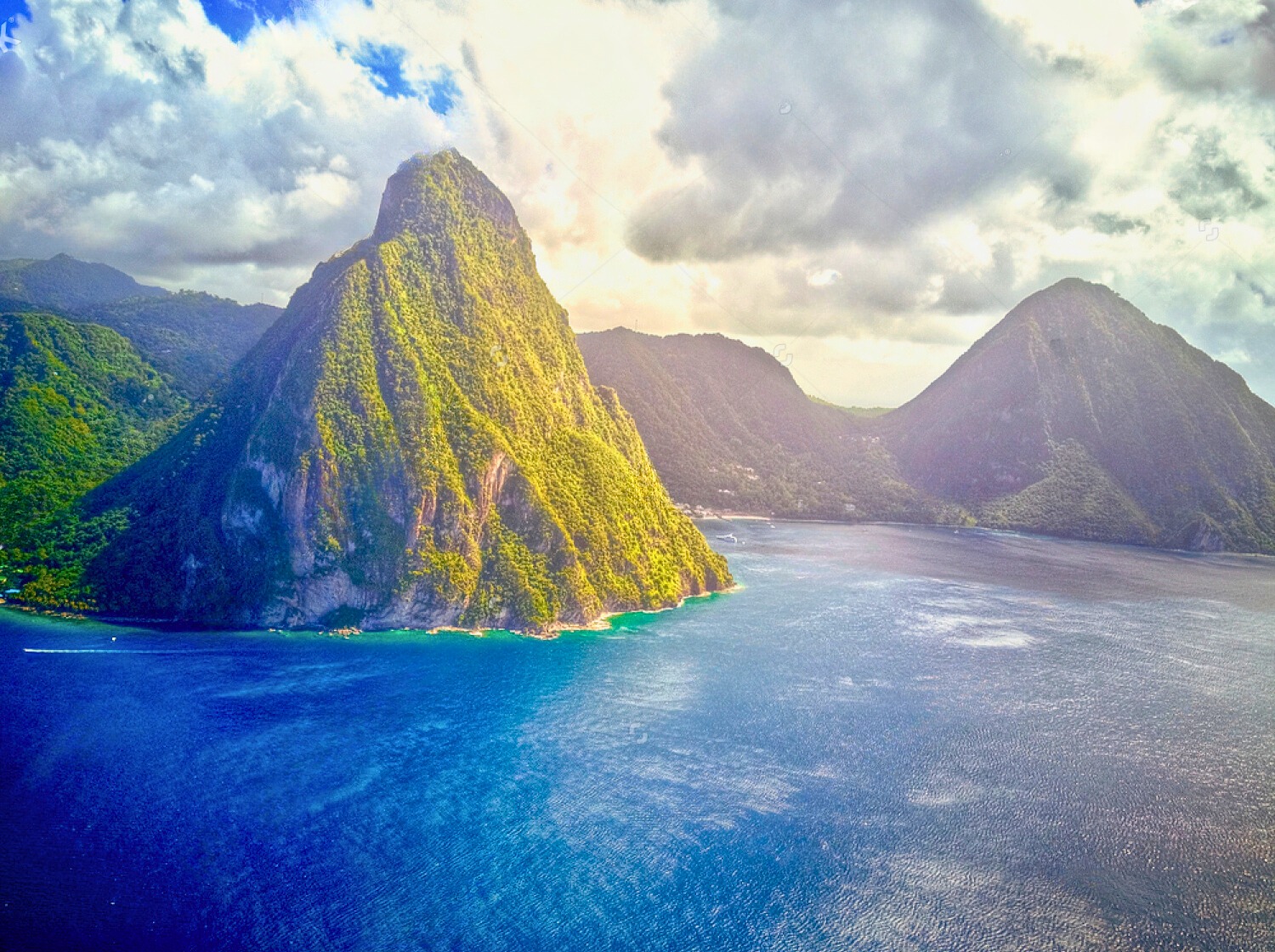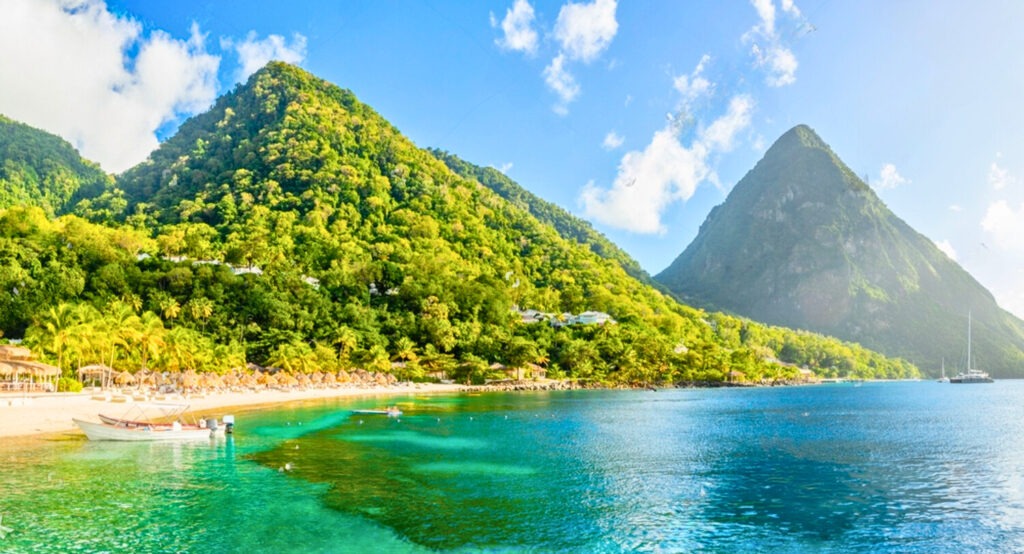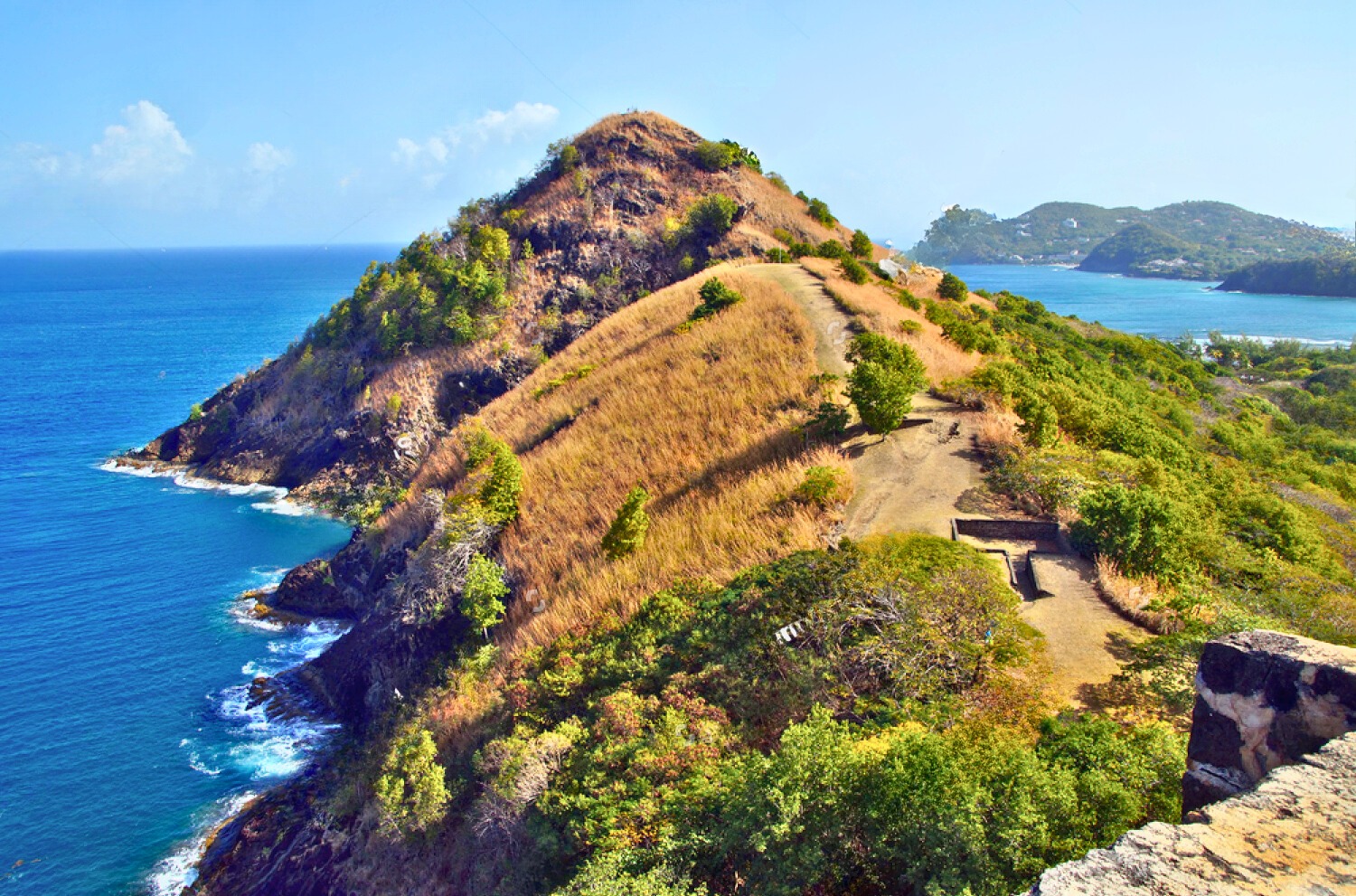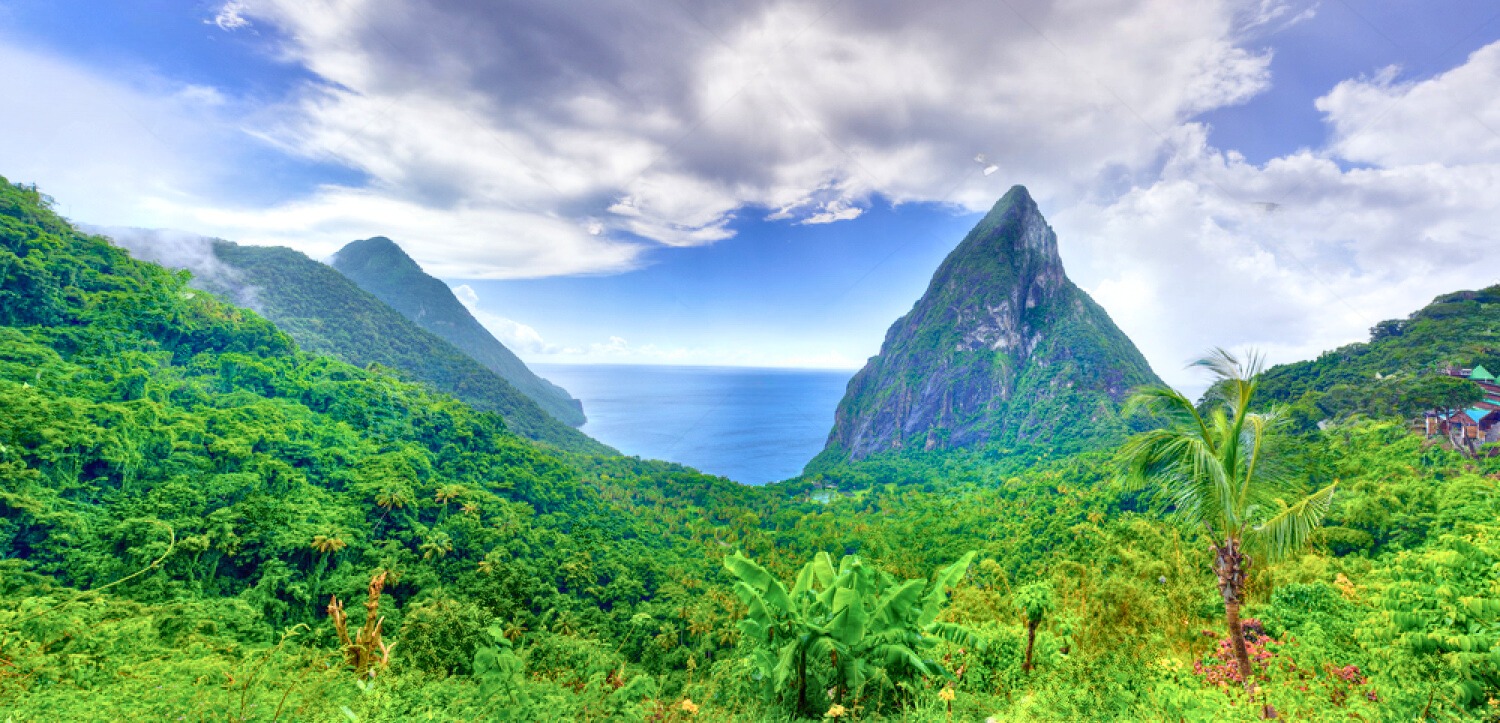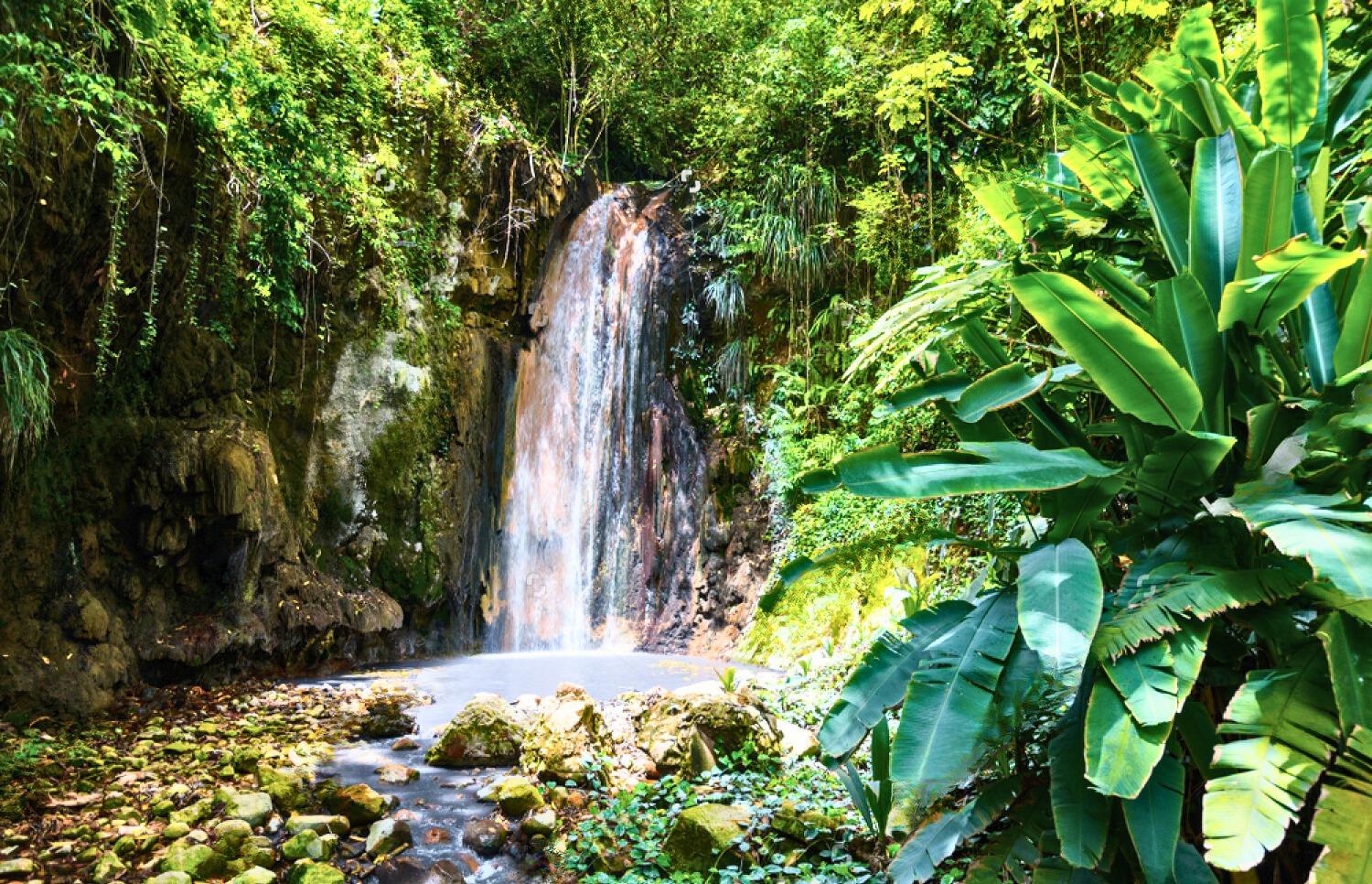Saint Lucia
A Caribbean jewel of natural beauty and culture
Located northwest of Barbados and south of Martinique, Saint Lucia is a lush volcanic island with mountainous terrain. The island’s capital, Castries, is a bustling port city that serves as the economic and cultural hub of the nation, while the iconic Pitons—Gros Piton and Petit Piton—are UNESCO World Heritage Sites, attracting hikers and tourists from around the world.
Geographic and Geological Overview
A Geographic Snapshot
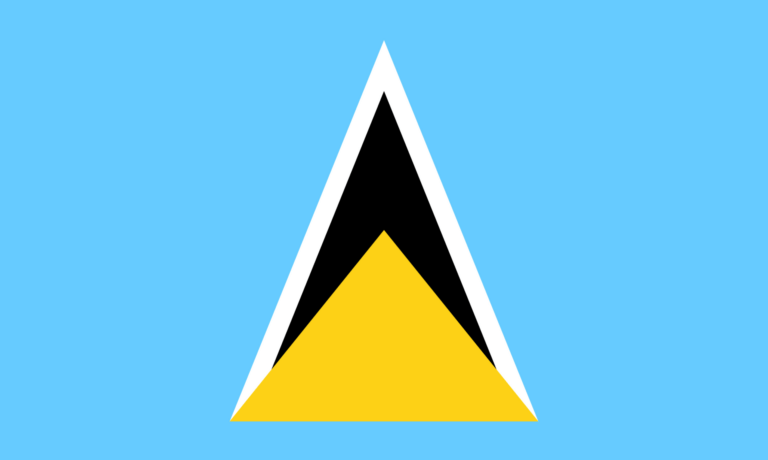
- Size: Approximately 617 square kilometers (238 square miles).
- Capital: Castries, located on the northwest coast of the island.
- High Point: Mount Gimie, reaching 950 meters (3,120 feet).
- Population: About 183,000 (2022).
- Vegetation: Tropical rainforest, mangroves, and stunning beaches, nourished by a warm climate and fertile volcanic soil.
- Water Bodies: Numerous rivers and waterfalls, including the notable Diamond Falls and the Sulphur Springs.
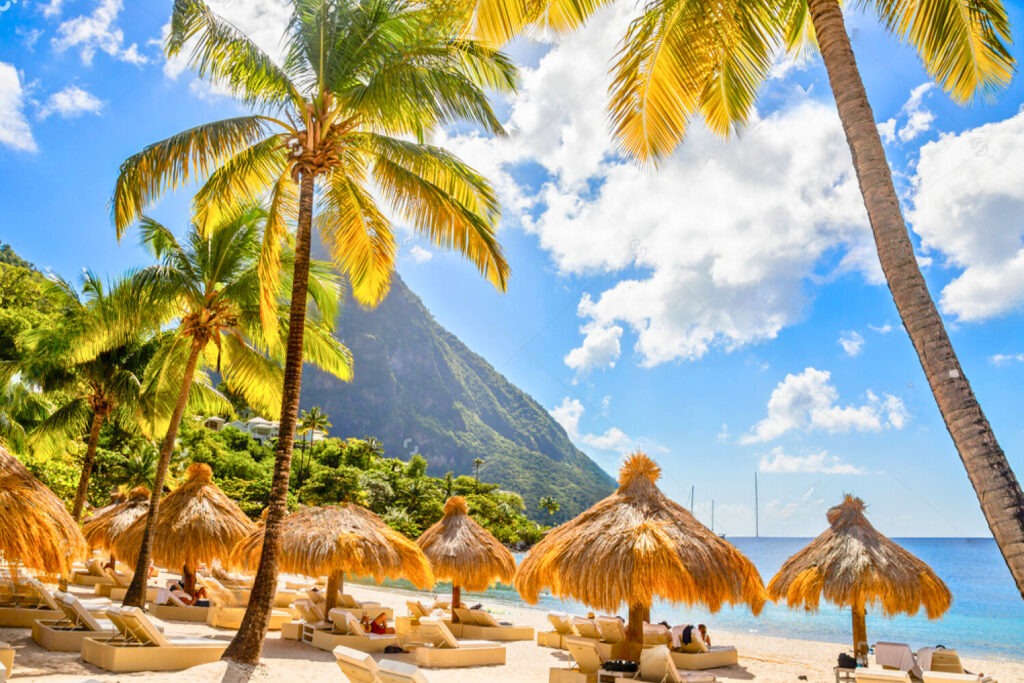
Geological Features
- Geology: the island is volcanic in origin, featuring the famous Pitons, remnants of an ancient volcanic landscape.
- Natural Wonders: The island is home to the world’s only drive-in volcano at Sulphur Springs, where visitors can experience geothermal activity and therapeutic mud baths.
Cultural Landscape
Cultural Landscape
The island is a tapestry of cultures influenced by its indigenous Arawak and Carib peoples, African heritage, and French and British colonial histories. The island’s culture is celebrated through its vibrant festivals, music, and art.
The annual Saint Lucia Jazz & Arts Festival is a highlight, showcasing local and international artists and drawing crowds from all over. The island’s music scene is rich, with genres such as calypso, soca, and reggae being integral to its cultural identity.
The local language is English, with a distinctive Creole (Kweyol) widely spoken, reflecting the island’s heritage. The motto of Saint Lucia, “The Land of the Saintly,” underscores its rich cultural and spiritual legacy.
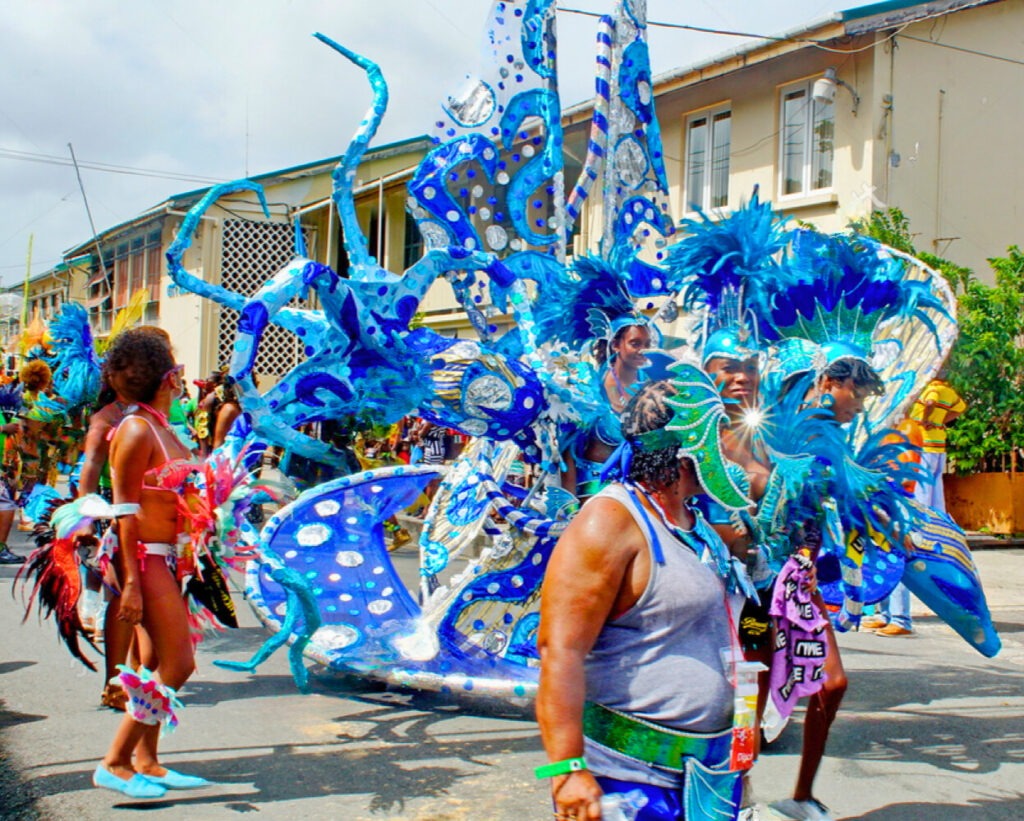
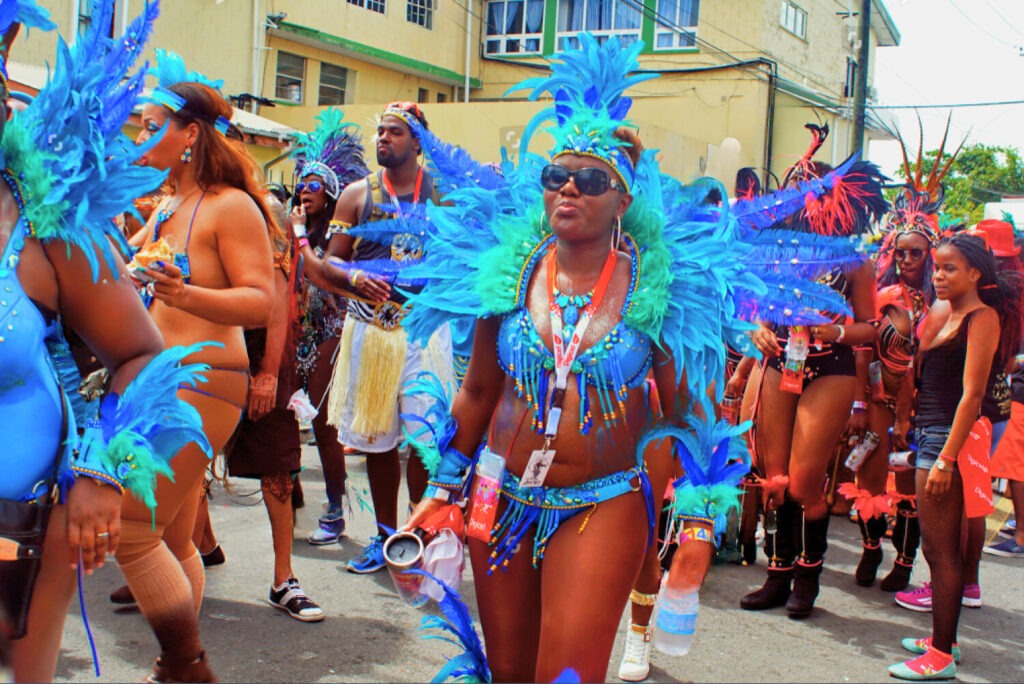
Local Cuisine
Saint Lucia’s Cuisine Highlight
Indulge in the flavors of the island, where the cuisine reflects a blend of Creole, French, and Caribbean influences, featuring fresh, local ingredients.
At the heart of Sainte-Lucian cooking is Green Fig and Saltfish, the national dish, made with boiled green bananas and salted cod, served with a spicy sauce. Another popular dish is Callaloo Soup, a hearty blend of leafy greens, okra, and spices.
The island is also famous for its Bakes (fried dough) and Rum, produced from local sugarcane—a key attraction for visitors looking to experience the island’s culinary offerings.
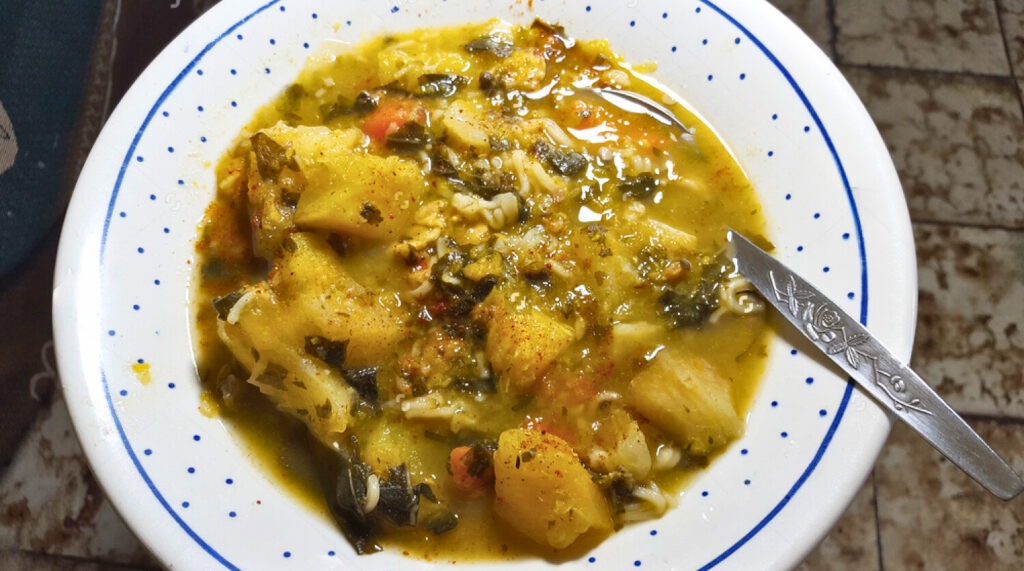
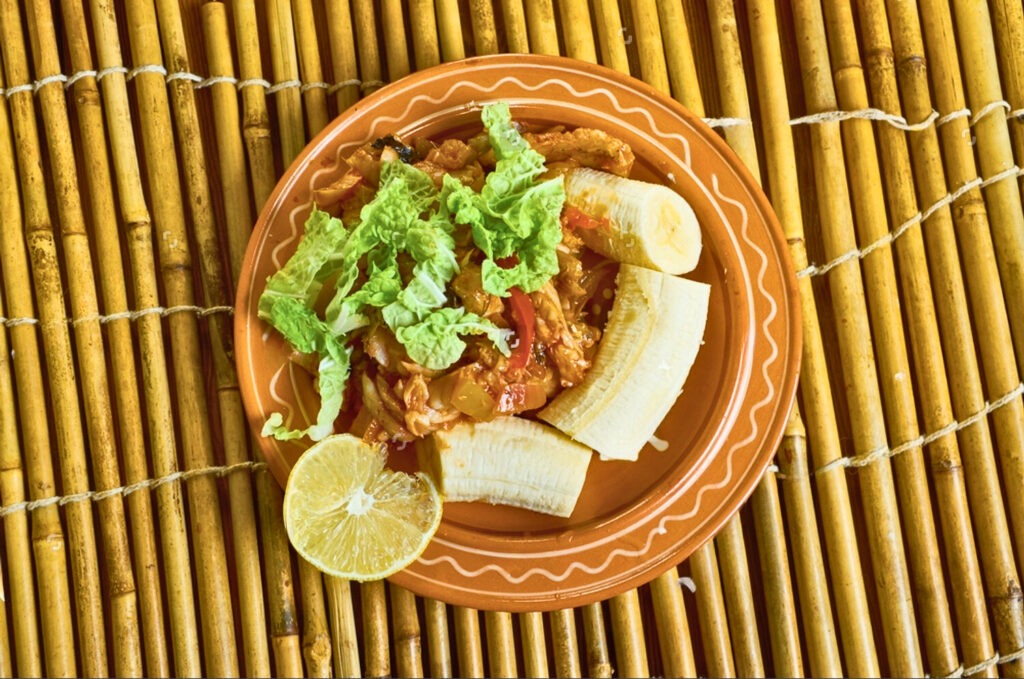
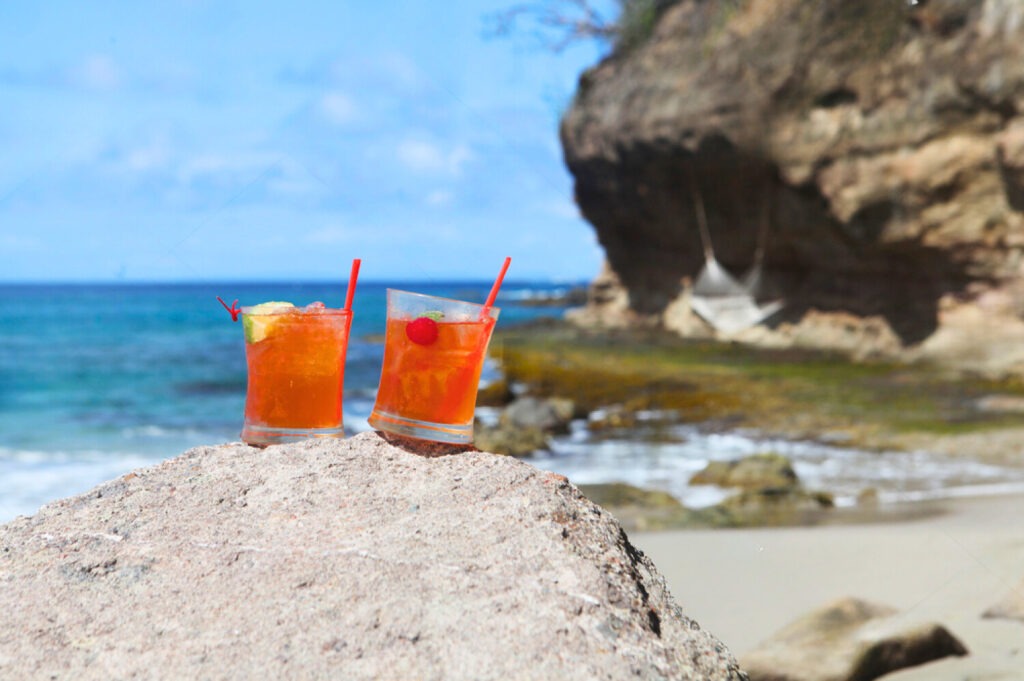
Economy and Infrastructure
Saint Lucia‘s economy is diverse, with tourism being a significant driver, alongside agriculture and manufacturing.
Economic Overview
Tourism contributes approximately 65% to the GDP, attracting visitors with its stunning landscapes, rich culture, and warm hospitality. The island’s natural beauty and cultural heritage make it a sought-after destination for travelers seeking relaxation and adventure.
Agricultural Sector
Agriculture remains an important sector, with bananas and other tropical fruits being key exports. However, the agricultural industry faces challenges from global market fluctuations and climate change.
Tourism and Infrastructure
The tourism industry is supported by well-developed infrastructure, including Hewanorra International Airport and a network of roads and accommodations that facilitate access to various attractions. The government continues to invest in enhancing facilities and services to improve the tourist experience.
Services and Public Sector
The services sector, including retail, banking, and healthcare, is vital to the island’s economy, contributing to the residents’ quality of life and the island’s attractiveness for visitors.
Environmental Sustainability
Saint Lucia is increasingly focusing on environmental sustainability and conservation. Initiatives include protecting marine ecosystems, promoting eco-friendly tourism, and preserving the island’s natural resources. The government is committed to developing renewable energy sources and sustainable agricultural practices.
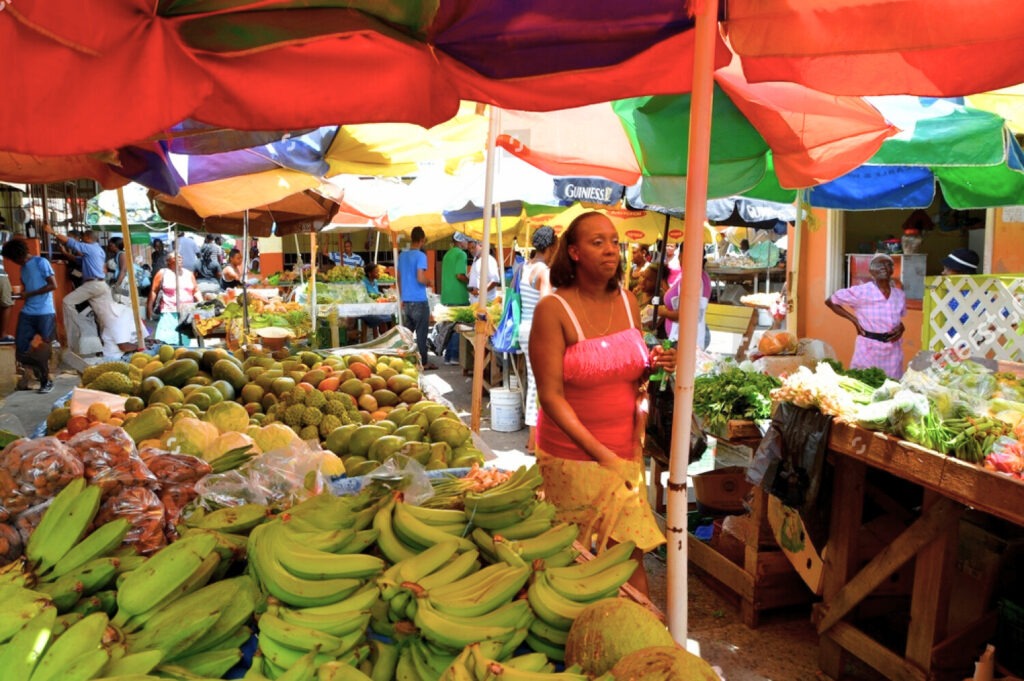
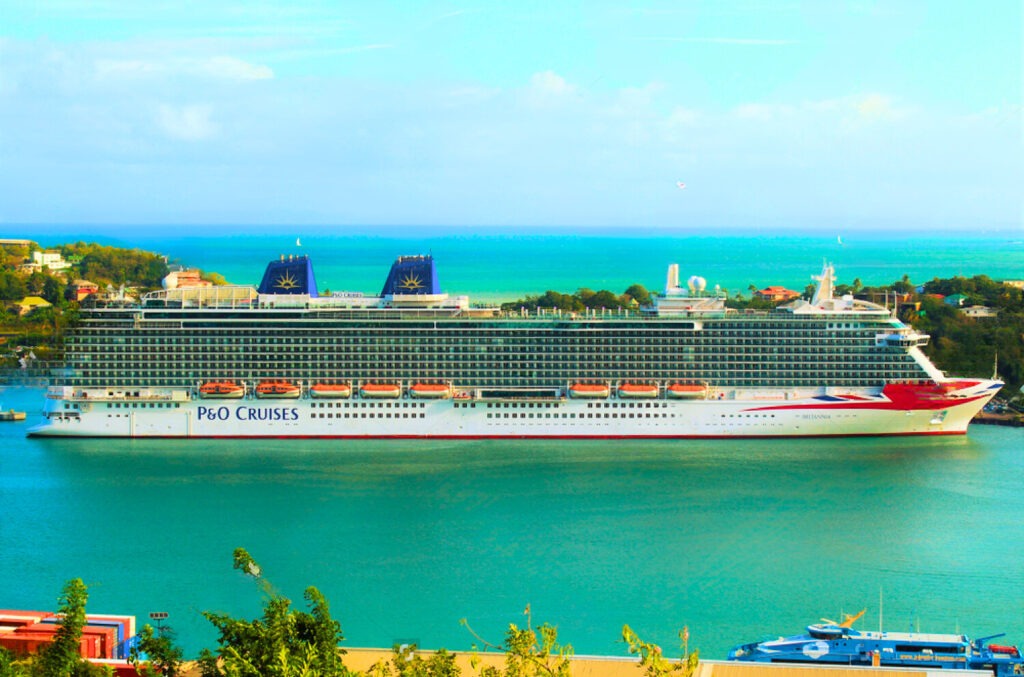
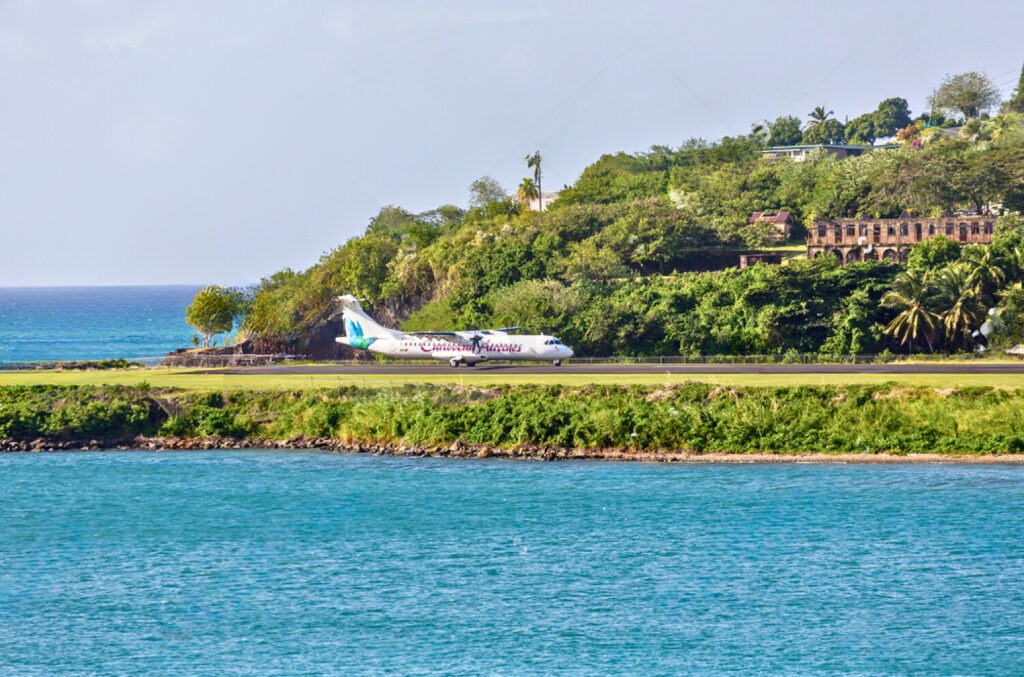
Historical Insights
From Settlement to Sovereignty
The island’s rich history has been shaped by various influences over the centuries:
- Early Settlements: The island was initially inhabited by the Arawak and Carib peoples before European colonization.
- Colonial Era: In the 17th century, the isand was contested by the French and British, resulting in numerous conflicts and changes in colonial authority.
- Emancipation and Cultural Shifts: The abolition of slavery in 1834 marked a significant turning point, leading to the emergence of a diverse cultural identity.
- Path to Independence: the island gained independence from Britain in 1979, becoming a sovereign nation while maintaining strong ties to the Commonwealth.
- Modern Developments: Today, Saint Lucia is known for its vibrant culture, stable political environment, and commitment to sustainable development.
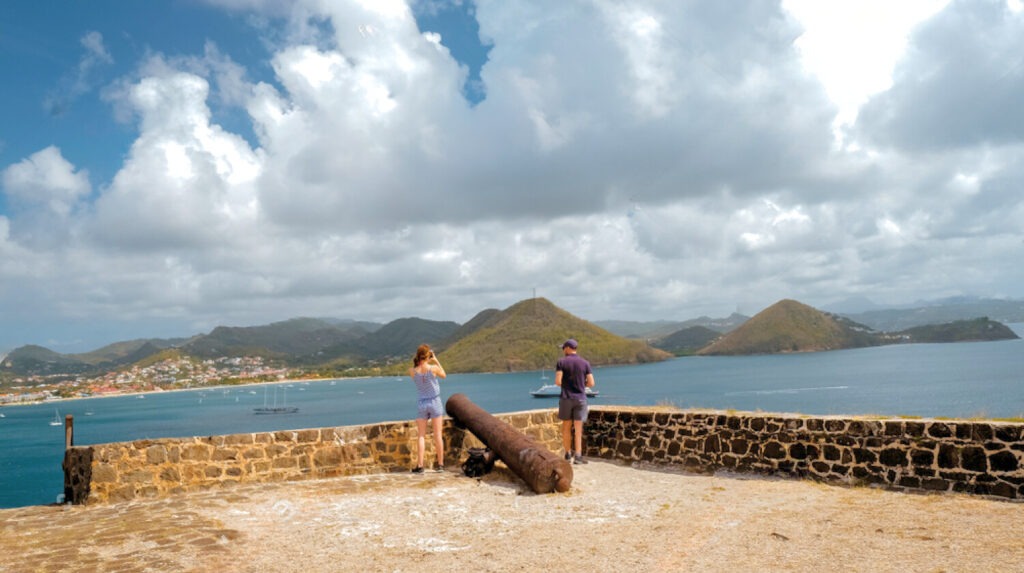
What Makes Saint Lucia So Unique
- Breathtaking Natural Landscapes: Home to the iconic Pitons and lush rainforests, Saint Lucia offers unparalleled natural beauty.
- Rich Biodiversity: The island hosts a variety of endemic species and is a haven for nature enthusiasts and birdwatchers.
- Stunning Beaches: With pristine beaches like Anse Chastanet and Reduit Beach, Saint Lucia is a paradise for sun-seekers and water sports lovers.
- Cultural Heritage: A unique blend of indigenous, African, and European influences creates a rich cultural tapestry, evident in music, dance, and festivals.
- Gastronomy: The island’s cuisine showcases fresh, local ingredients and traditional recipes, making it a culinary delight for visitors.
Events
Rhythms of Saint Lucia
Saint Lucia’s culture comes alive through its festivals and events, which highlight music, art, and culinary traditions:
- Independence Day (February 22): Celebrated with cultural events, parades, and public festivities.
- Saint Lucia Jazz & Arts Festival (May): A major cultural event featuring local and international artists.
- Carnival (July): A vibrant celebration filled with parades, costumes, and music.
- Saint Lucia Food and Rum Festival (October): A gastronomic experience showcasing local cuisine and rum.
- Festival of Lights (December): A celebration of Christmas with parades and festive activities.
Directory
Saint Lucia Art Galleries Studios and Centers
Saint Lucia boasts a vibrant arts scene and numerous cultural venues:
- The National Cultural Centre: A hub for performing arts hosting concerts, theater productions, and exhibitions.
- The Saint Lucia Art Society: Promoting local artists and organizing exhibitions and workshops.
- The Folk Research Centre: Preserving and promoting the island’s cultural heritage through research and events.
Museums and Heritage
Saint Lucia offers a range of museums that delve into its history and culture:
- The Museum of Saint Lucia: Located in Castries, this museum highlights the island’s history, culture, and heritage.
- The Morne Coubaril Estate: A historical plantation showcasing the island’s colonial past and sugar production.
- The Derek Walcott Museum: Commemorating the Nobel laureate poet’s life and works, located in his childhood home.
Saint Lucia’s unique blend of natural beauty, rich culture, and welcoming spirit makes it a standout destination in the Caribbean, inviting visitors to explore its landscapes, savor its flavors, and engage with its vibrant heritage.

